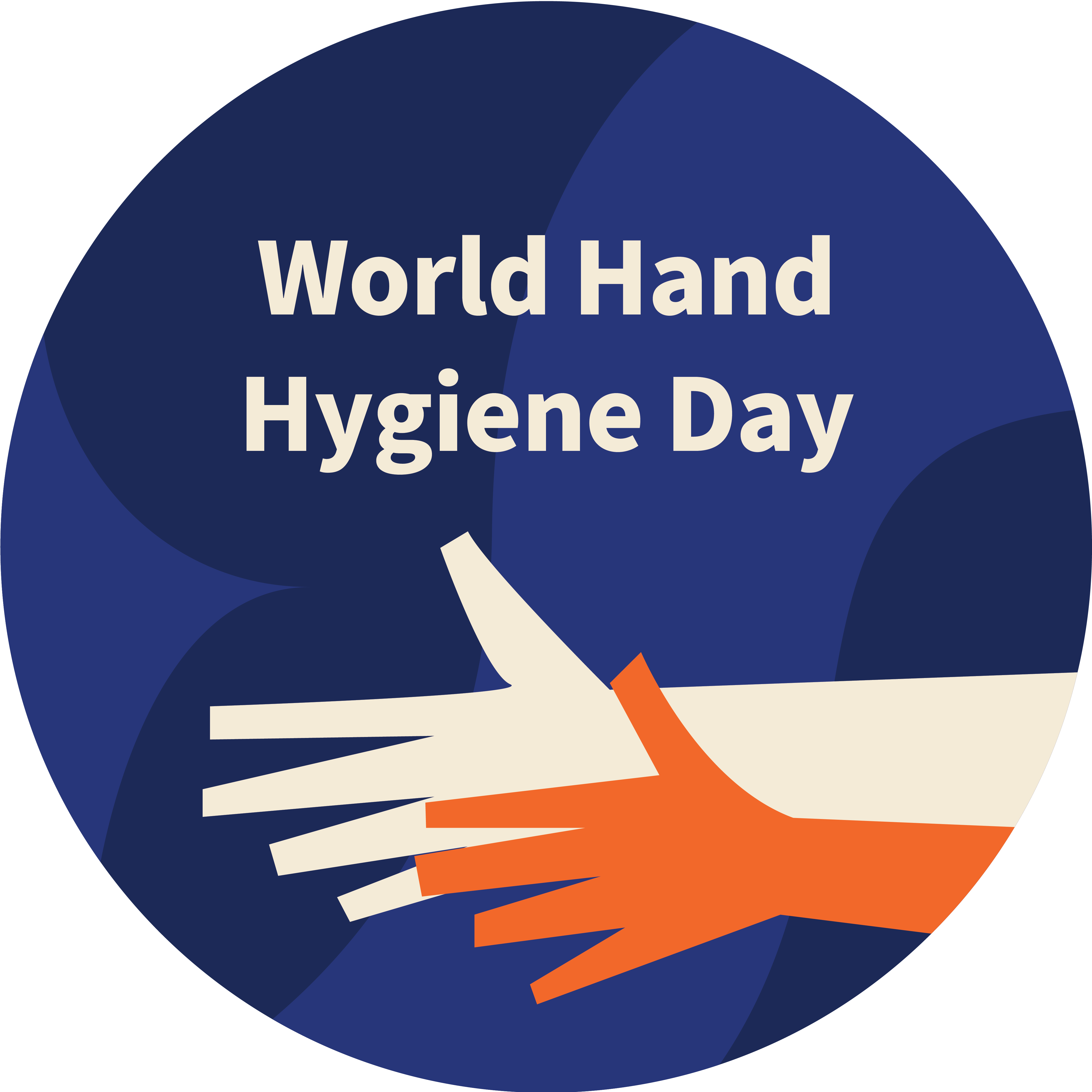Descriptive analysis of central line-associated bloodstream infections in a pediatric hematology–oncology unit in Montevideo, Uruguay
DOI:
https://doi.org/10.3396/ijic.v18.22309Keywords:
central venous catheter, bloodstream infection, pediatrics, cancer, UruguayAbstract
Background: Central lines are essential for the care of children with cancer.
Aims: To determine the risk factors, characteristics, cost of hospital care, and antibiotic use in pediatric oncology patients with central line-associated bloodstream infections (CLABSIs).
Methods: During 2018–2019, we calculated the rate of CLABSIs in our pediatric hematology–oncology unit.
Findings: Between 2018 and 2019, we detected 34 CLABSIs at our pediatric hematology–oncology unit. We identified neutropenia as the main risk factor for CLABSI (3.74 infections per 1,000 catheter days vs. 1.15 infections per 1,000 catheter days in patients without neutropenia). Three patients died of septic shock. Escherichia coli, Klebsiella species, and Pseudomonas species were frequently isolated. The total healthcare cost of the 34 CLABSIs was more than US$1.2 million.
Conclusions: CLABSI is an avoidable disease among children with cancer. Investing in CLABSI prevention will save lives and financial resources of the hospital. Preventive measures, surveillance, and reporting the rate of CLABSIs are essential for quality assurance and patient safety during cancer-directed treatment of children.
Downloads
References
Mermel LA, Allon M, Bouza E, Craven DE, Flynn P, O’Grady NP, et al. Clinical practice guidelines for the diagnosis and management of intravascular catheter-related infection: 2009 update by the infectious diseases society of America. Clin Infect Dis 2009; 49(1): 1–45. doi: 10.1086/599376
Centers for Disease Control and Prevention. 2018 National and state healthcare-associated infections progress report. Available from: https://www.cdc.gov/hai/data/archive/2018-HAI-progress-report.html [cited 5 November 2020].
Warren DK, Quadir WW, Hollenbeak CS, Elward AM, Cox MJ, Fraser VJ. Attributable cost of catheter-associated bloodstream infections among intensive care patients in a nonteaching hospital. Crit Care Med 2006; 34(8): 2084–9. doi: 10.1097/01.CCM.0000227648.15804.2D
Marschall J, Mermel LA, Fakih M, Hadaway L, Kallen A, O’Grady NP, et al. Strategies to prevent central line–associated bloodstream infections in acute care hospitals: 2014 update. Infect Control Hosp Epidemiol 2014; 35(7): 753–71. doi: 10.1086/676533
Rey C, Alvarez F, De-La-Rua V, Concha A, Medina A, Díaz JJ, et al. Intervention to reduce catheter-related bloodstream infections in a pediatric intensive care unit. Intensive Care Med 2011; 37(4): 678–85. doi: 10.1007/s00134-010-2116-x
Centers for Disease Control and Prevention. National healthcare safety network (NHSN) patient safety component manual. 2021, pp. 1–39. Available from: www.cdc.gov/nhsn [cited 10 July 2021].
O’Grady NP, Alexander M, Burns LA, Dellinger EP, Garland J, Heard SO, et al. Guidelines for the prevention of intravascular catheter-related infections. Clin Infect Dis 2011; 52(9): e162–93. doi: 10.1093/cid/cir257
Torres D, González ML, Loera A, Aguilera M, Relyea G, Aristizabal P, et al. The CDC definition of mucosal barrier injury–associated bloodstream infection improves accurate detection of preventable bacteremia rates at a pediatric cancer center in a low- to middle-income country. Physiol Behav 2017; 176(1): 139–48. doi: 10.1016/j.ajic.2015.11.007
Hord JD, Lawlor J, Werner E, Billett AL, Bundy DG, Winkle C, et al. Central line associated blood stream infections in pediatric hematology/oncology patients with different types of central lines. Pediatr Blood Cancer 2016; 63(9): 1603–07. doi: 10.1002/pbc
Pronovost P, Needham D, Berenholtz S, Sinopoli D, Chu H, Cosgrove S, et al. An intervention to decrease catheter-related bloodstream infections in the ICU. New Engl J 2006; 355(26): 2725–32. doi: 10.1056/NEJMoa061115
Chaiyakulsil C, Pharadornuwat O. Can central venous access device care bundles and regular feedback reduce central line-associated complications in pediatric patients? Clin Exp Pediatr 2021; 64(3): 123–9. doi: 10.3345/cep.2020.00143
Miller SE, Maragakis LL. Central line-associated bloodstream infection prevention. Curr Opin Infect Dis 2012; 25(4): 412–22. doi: 10.1097/QCO.0b013e328355e4da
Rinke ML, Chen AR, Bundy DG, Colantuoni E, Fratino L, Drucis KM, et al. Implementation of a central line maintenance care bundle in hospitalized pediatric oncology patients. Pediatrics 2012; 130(4): e996–1004. doi: 10.1542/peds.2012-0295
Hamza WS, Hamed EAM, Alfadhli MA, Ramadan MA. A multidisciplinary intervention to reduce central line-associated bloodstream infection in pediatrics and neonatal intensive care units. Pediatr Neonatol 2022; 63(1): 71–7. doi: 10.1016/j.pedneo.2021.08.010
Kato M, Zikos D. Association between hospital accrediting agencies and hospital outcomes of care in the United States. J Hosp Manag Heal Policy 2022; 6(1): 2523–33. doi: 10.21037/JHMHP-21-24
Peasah SK, McKay NL, Harman JS, Al-Amin M, Cook RL. Medicare non-payment of hospital-acquired infections: infection rates three years post implementation. Medicare Medicaid Res Rev 2013; 3(3): mmrr.003.03.a08. doi: 10.1145/953777.953780
Mahieu LM, De Dooy JJ, Lenaerts AE, Ieven MM, De Muynck AO. Catheter manipulations and the risk of catheter-associated bloodstream infection in neonatal intensive care unit patients. J Hosp Infect 2001; 48(1): 20–6. doi: 10.1053/jhin.2000.0930
Wichmann D, Belmar Campos CE, Ehrhardt S, Kock T, Weber C, Rohde H, et al. Efficacy of introducing a checklist to reduce central venous line associated bloodstream infections in the ICU caring for adult patients. BMC Infect Dis 2018; 18(1): 1–6. doi: 10.1186/s12879-018-3178-6
Laupland KB, Lee H, Gregson DB, Manns BJ. Cost of intensive care unit-acquired bloodstream infections. J Hosp Infect 2006; 63(2): 124–32. doi: 10.1016/j.jhin.2005.12.016
Additional Files
Published
How to Cite
Issue
Section
License
Authors retain copyright of their work, with first publication rights granted to IJIC. Read the full Copyright- and Licensing Statement.




